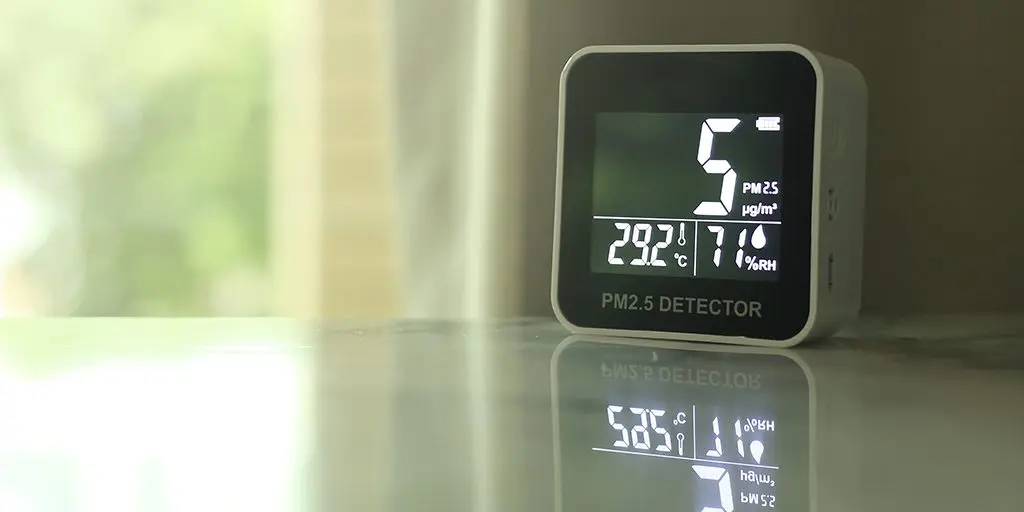Improving indoor air quality and wellbeing for building occupants
A key element of our sustainability consultancy is ensuring that the projects we engage, in positively impact the health and well-being of the users. As part of this service delivered through our sustainable engineering consultants, we are frequently asked to provide systems and tools to improve indoor air quality or IAQ. The team supports clients who want their spaces, whether commercial or residential, to be far more than just bricks and mortar. We collaborate with these project managers to ensure they create comfortable, healthy internal environments that positively impact the well-being of their occupants. This is a key part of developing sustainable spaces that have longer-term health at their heart.
How we help improve air quality
High-quality indoor air can be particularly challenging during the winter as we tend to keep our windows shut. Even with systems such as trickle vents, you’re still not going to have the same air quality that you would with the windows open. We work alongside an Air Quality consultant who tests the air and generates a report. Using that information, we will design and install ventilation units for our air quality design. This will focus on ensuring air can enter through the windows while managing moisture levels so that they do not become excessive. We use design techniques such as a quantitative extract system that draws air out but also puts air back in that is heated by a battery to balance conditions in the room.
Designing window systems for high-traffic areas
We collaborate closely with Air Quality consultants, particularly in buildings in proximity of bus stations, airports, or busy roads as we know the challenges for air quality are greater than in quiet rural areas. We use equipment that will maintain IAQ at the recommended level and run simulations with windows and doors. It’s not just the geographical location we consider, internal air quality can vary from lounges to bedrooms. Our ventilation design and calculations consider comfortable temperatures, humidity levels and the control of pollutants from inside and outside a building.
What is the impact of poor air quality?
Occupants of either residential or commercial properties with poor indoor air quality may suffer from various symptoms. These can range from, dry throats, headaches, nausea, and eye irritation but as many of the symptoms cross into other potential health conditions, diagnosing sick building syndrome or poor air quality is not simple. Most recognisable health impacts are contaminants such as mould but not all hazards are visible. There are fumes, vapours and potential pollutants that can impact air quality in a building. Measures such as extractor fans above hobs or in bathrooms and trickle vents can all help. Even when installing brand-new windows, data is needed to demonstrate that their installation will not decrease ventilation in the room.
It’s not just air quality that the mechanical and sustainable engineers at Cudd Bentley focus on, we also consider thermal comfort as part of that process because being able to adjust room temperature around use and occupancy levels is important. We would also look at daylighting as part of our sustainable design to ensure we are promoting spaces that can access light.



